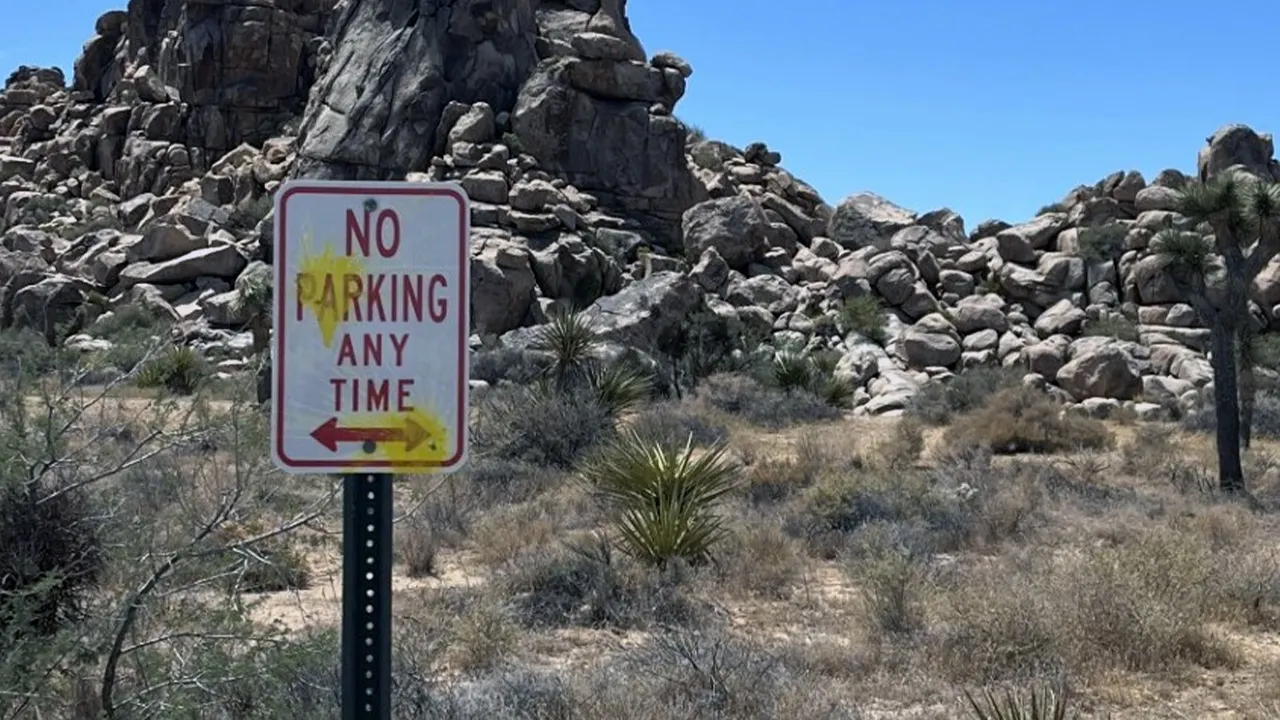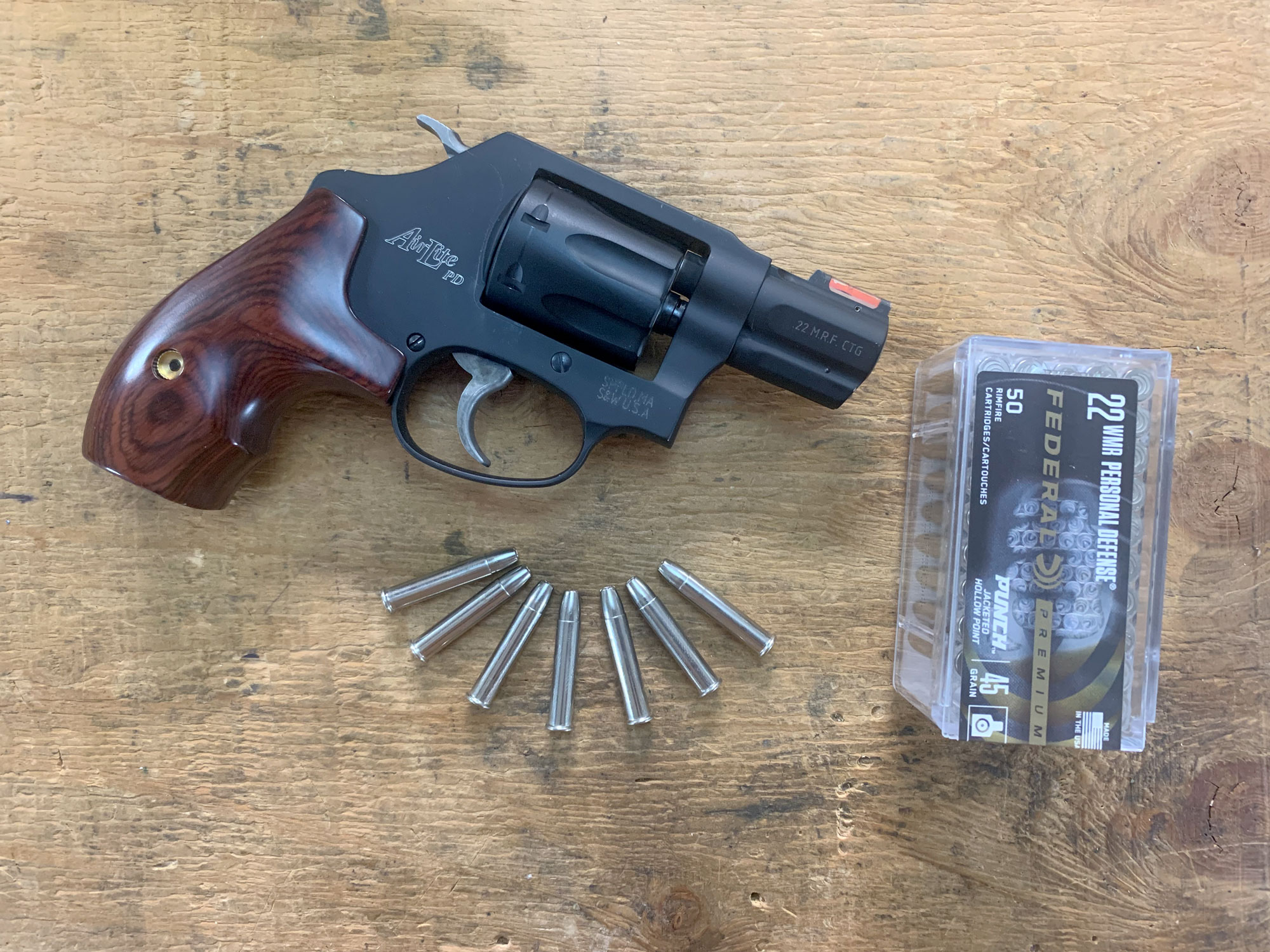I’ve thought for a long time now that if you were looking for the single moment when our politics changed from what it was in the not so distant past to what it is now, it was the death of Michael Brown ten years ago today. There were other cases of course (most notably Trayvon Martin’s death which was also widely misreported) but Michael Brown’s shooting was really the one that put us on a trajectory toward not just the Ferguson “uprising” but to Black Lives Matter dominating our politics. It put America on a glidepath toward more critical race theory, campus takeovers, equity initiatives, deplatforming speakers, anti-racism bestsellers, defunding the police, autonomous zones, anti-racism training, #OscarsSoWhite, Deray, Rep. Cori Bush, Robin DiAngelo and so many other shifts in the social, corporate, academic and political spheres that it’s almost impossible to overstate how much change started in this one moment.
The problem of course is that so much of what we were told about Michael Brown’s death was a lie.
There are still people today chanting “Hands up, don’t shoot” and vowing to fight endlessly under the banner of Michael Brown’s death.
10 years ago, 18-year-old Mike Brown was killed by a Ferguson police officer. He should still be here today.
In his name, we will never stop fighting for justice, accountability, and an end to police brutality.
Rest in power, MB2. pic.twitter.com/iwrQ59Ab0X
— Congresswoman Cori Bush (@RepCori) August 9, 2024
The shorthand of this story is that an unarmed black teen was shot (some still say murdered) by a white police officer.
A decade ago, Michael Brown was killed by police in Ferguson, Missouri.
Police shootings have only increased since then. Our gun-saturated society and racial biases are fueling a deadly cycle. We demand change—now. pic.twitter.com/Tb0tslpIqy
— Kris Brown | President, bradyunited.org (@KrisB_Brown) August 9, 2024
But the real story had much less to do with race and much more to do with the behavior of one individual. Michael Brown started his day by stealing cigarillos from a local convenience store. He was unarmed but because he was 6’4″ and nearly 300 pounds, he didn’t need a weapon. He put his hand on the store clerk’s neck and then just walked out with the stolen goods. There was no one big enough to stop him.
Word of the theft went out over the police radio and Officer Darren Wilson heard it just before he saw two men, Mike Brown and Dorian Johnson, walking down the middle of the street. He stopped and told them to use the sidewalk and then noticed Brown was holding cigarillos.
I won’t walk through all of the he said, he said of the incident. What we know is that Brown reached into Officer Wilson’s car through the window, punched him and fought for his gun. Wilson fired the gun inside the car and Brown ran. Wilson got out and ordered him to stop. Brown stopped, turned and from there the stories differ dramatically.
Dorian Johnson, Brown’s friend who was with him that day, claimed that Brown raised his hands and surrender at which point Wilson shot him dead. Officer Wilson said that Brown turned and then charged toward him. He backpedaled as he fired the shots that ultimately killed Brown.
So the initial story that circulated on the left and in the media was “Hands up, don’t shoot.” Mike Brown was an innocent black man who was murdered in the street after surrendering by a racist cop. That’s the story that really launched Black Lives Matter.
But a thorough investigation by the Obama DOJ found Officer Wilson’s story was the one substantiated by eyewitnesses, many of whom were afraid to tell investigators what they’d seen for fear of the community reaction. As the saying goes, snitches get stiches.
The Department of Justice investigation into the shooting determined witnesses who corroborated Wilson’s account were credible while those who contradicted Wilson’s account were not. The witnesses that claimed Brown was surrendering or did not move toward Wilson were not credible; the report said their claims were inconsistent with the physical evidence, other witness statements, and in some cases prior statements from the same witness. No witness statements that pointed to Wilson’s guilt were determined to be credible. Twenty-four statements were determined to lack any credibility, while eight which were found credible corroborated Wilson’s account. Nine did not completely contradict nor corroborate Wilson’s account.[53] Several witnesses reported fear of reprisals from the community for providing evidence that corroborated Wilson’s account.[53]
I’m going to belabor this because, again, I think it really does matter a whole lot what actually happened in this moment.
Witness 102 was a 27-year-old biracial male. He said he saw Wilson chase Brown until Brown abruptly turned around. Brown did not put his hands up in surrender but made some type of movement similar to pulling his pants up or a shoulder shrug and then made a full charge at Wilson. Witness 102 thought Wilson’s life was threatened and he only fired shots when Brown was coming toward him.[13]: pp.27–28
After the shooting, Witness 102 remained in the neighborhood for a short period of time, and corrected a couple of people who claimed Wilson “stood over [Brown] and shot while [he was] on the ground”. In response, Witness 102 said Wilson shot Brown because Brown came back toward Wilson. Witness 102 “kept thinking” Wilson’s shots were “missing” Brown because Brown kept moving.[13]: p.28 Witness 102 did not stay in the neighborhood for long, and left the area shortly afterward because he felt uncomfortable. According to the witness, “crowds of people had begun to gather, wrongly claiming the police shot Brown for no reason and that he had his hands up in surrender.” Two black women approached Witness 102, mobile phones set to record, asking him to recount what he had witnessed. Witness 102 responded that they would not like what he had to say. The women responded with racial slurs, calling him names like ‘white motherfucker’.”[13]: p.28
Witness 103, a 58-year-old black male, testified that from his parked truck he saw “Brown punching Wilson at least three times in the facial area, through the open driver’s window of the SUV… Wilson and Brown [had] hold of each other’s shirts, but Brown was ‘getting in a couple of blows [on Wilson]’.”[13]: p.29 Wilson was leaning back toward the passenger seat with his forearm up, in an effort to block the blows. Then Witness 103 heard a gunshot and Brown took off running. Wilson exited the SUV, appeared to be using his shoulder microphone to call into his radio, and chased Brown with his gun held low … Brown came to a stop near a car, put his hand down on the car, and turned around to face Wilson. Brown’s hands were then down at his sides. Witness 103 did not see Brown’s hands up. Wanting to leave, Witness 103 began to turn his car around in the opposite direction that Brown had been running when he heard additional shots. Witness 103 turned to his right, and saw Brown “moving fast” toward Wilson. Witness 103 then drove away.”[13]: p.29
Witness 104, a 26-year-old biracial female, witnessed the end of the altercation from a minivan:
[Witness 104] saw Brown run from the SUV, followed by Wilson, who “hopped” out of the SUV and ran after him while yelling “stop, stop, stop”. Wilson did not fire his gun as Brown ran from him. Brown then turned around and “for a second” began to raise his hands as though he may have considered surrendering, but then quickly “balled up in fists” in a running position and “charged” at Wilson. Witness 104 described it as a “tackle run”, explaining Brown “wasn’t going to stop”. Wilson fired his gun only as Brown charged at him, backing up as Brown came toward him. Witness 104 explained there were three separate volleys of shots. Each time, Brown ran toward Wilson, Wilson fired, Brown paused, Wilson stopped firing, and then Brown charged again. The pattern continued until Brown fell to the ground, “smashing” his face upon impact. Wilson did not fire while Brown momentarily had his hands up. Witness 104 explained it took some time for Wilson to fire, adding that she “would have fired sooner”. Wilson did not go near Brown’s body after Brown fell to his death.[13]: p.30
Witness 108, a 74-year-old black male, told detectives the police officer was “in the right” and “did what he had to do”, and that statements made by people in the apartment complex about Brown surrendering were inaccurate. Witness 108 later told investigators he “would have fucking shot that boy, too”, and mimicked the aggressive stance Brown made while charging Wilson. He explained Wilson told Brown to “stop” or “get down” at least ten times, but instead Brown “charged” at Wilson. Witness 108 also told detectives there were other witnesses on Canfield Drive who saw what he saw.[13]: p.32
Witness 109, a 53-year-old black male, said he decided to come forward after seeing Dorian Johnson “lie” about the events on television.[13]: p.32 He said when Wilson asked the two boys to get out of the street, Brown responded something to the effect of “Fuck the police.” Afterward, Wilson got out of his car and Brown hit him in the face. Witness 109 said he saw Wilson reach for his taser but dropped it and then grabbed a gun, after which Brown grabbed for Wilson’s gun. According to 109, at one point Brown ran away from Wilson, but turned around and charged toward the officer. He said Wilson fired in self-defense, and did not appear to be shooting to kill at first.[13]: p.33
Witness 113, a 31-year-old black female, made statements that corroborated Wilson’s account. She said she was afraid of the “neighborhood backlash” that might come from her testimony, and feared offering an account contrary to the narrative reported by the media that Brown held his hands up in surrender.[13]: pp.33–34 She also told investigators she thought Wilson’s life was in danger.
On the other hand, supporting Dorian Johnson’s story there were witnesses like this:
Witness 22, who originally claimed she saw Wilson kill Brown in cold blood, admitted she lied to investigators and never saw the incident at all. She said she was just passing along information which her boyfriend told her he saw.[133][135][136] The court transcript reads:
Prosecution: You gave two statements, were both of those statements true? Witness 22: No. I just felt like I want to be part of something… I didn’t see what I told the FBI what [sic] I saw.
Prosecutors also played the grand jury a 10-minute police interview with a man who claimed to have witnessed the shooting. They then played a phone call in which that man admitted he actually had not seen the incident at all.[135] Another witness insisted another officer was with Wilson at the time of the shooting. By all other accounts, Wilson was the only officer present when he shot Brown. This witness described having a clear view of what transpired despite there being a building between the witness’ location and where the incident took place.[135]
Witness 35 said Brown was “on his knees” when Wilson shot him in the head. Under questioning, his testimony fell apart, and he admitted fabricating it.[135]
Prosecution: What you are saying you saw isn’t forensically possible based on the evidence. Are you telling us that the only thing that’s true about all of your statements before this is that you saw that police officer shoot him at point blank range? Witness 35: Yes.[135]
Another witness described Brown on his hands and knees pleading for his life. After a prosecutor confronted the witness and told them what they had seen was not forensically possible based on the evidence, the witness later asked to leave.[135]
So the real story here, based on Wilson’s testimony and that of actual eyewitnesses, is that hands up, don’t shoot never happened. On the contrary, Brown turned and charged and that’s when he was shot and killed by Officer Wilson. Michael Brown was not murdered because he was black. The fault that day wasn’t his race but his behavior.
None of this makes his loss any easier for his family. I don’t really expect them to have a rational perspective on something so close to them. But everyone else ought to recognize that as a matter of public interest, what happened to Michael Brown wasn’t personal racism, institutional racism or even unjustified police violence. The reason Darren Wilson was never charged is not because of white supremacy, but because he acted legally and reasonably under the circumstances.
Ten years later, it’s long past time to set the record straight and to stop letting far left activists frame Michael Brown as a victim of society’s ills.
Read the full article here





![John Fetterman’s ‘Pope of Greenland’ Joke Sparks Chaos Among the Left [WATCH] John Fetterman’s ‘Pope of Greenland’ Joke Sparks Chaos Among the Left [WATCH]](https://www.lifezette.com/wp-content/uploads/2024/11/2024.11.29-07.02-lifezette-674a0faed6024.jpg)




